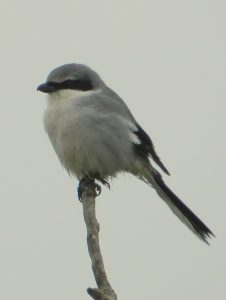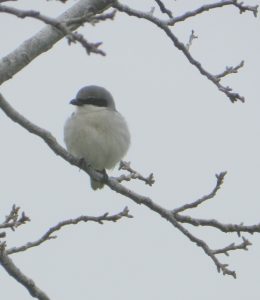
To hear Oakdale Irrigation District (OID) management tell it, 3000 acres is a mere pittance. The acreage is what OID estimates would be fallowed in a program it calls the “On-Farm Conservation Program.” OID claims the area is so small and environmental impacts so low that there’s no need for an Environmental Impact Report (EIR).
The program is currently part of a lawsuit by the Oakdale Groundwater Alliance. Attorneys for the alliance claim OID has failed to perform an EIR in violation of requirements imposed by the California Environmental Quality Act (CEQA).
The On-Farm Conservation Program requires farmers to fallow their land for a year. In return for the water saved, farmers are compensated with cash and credits. The compensation is theoretically devoted to improvements for conserving water.
What happens much of the time is that farmers who participate in the fallowing program plant almond orchards. Despite their reputation as a thirsty crop, almonds actually use less water than irrigated pasture, which is the most likely land to be fallowed.
Once the conversion is made from irrigated pasture to orchards, there’s less water use but there’s also less groundwater recharge because the orchards use drip irrigation as opposed to flood irrigation for irrigated pasture. According to studies by the U.S Geological Survey, flood irrigation is a major factor in groundwater recharge near Modesto and Oakdale.
Orchards also displace rangeland and open areas. The result is a loss of habitat for birds and mammals that need open space for breeding, nesting and foraging. In recent years, birders and nature lovers have noticed a decline in the diversity of wintering raptors in the eastern foothills of the northern San Joaquin Valley, mostly likely because foraging space has been replaced by tens of thousands of acres of nut orchards.
There’s also less space for resident raptors. In a recent Audubon Christmas Bird Count near Modesto, local birders found only one White-tailed Kite in an area that used to have consistently high counts and one year led the nation in the number of kites counted.

In 2008, the California Department of Fish and Wildlife published California Bird Species of Special Concern. Species of special concern include birds whose population is dropping, most often because of loss of habitat. Among the birds listed were the Loggerhead Shrike, Short-eared Owl, and Northern Harrier. These are all birds that forage in open habitat, including rangeland, grassland, and irrigated pasture.
Just imagine the lost habitat since the 2008 report. In fact, just in the last few years, the Daily Kos reports that,
During the latest drought from 2012 to 2015, the bearing [almond] acreage increased from 820,000 in 2012 to 890,000 in 2015, a total of 70,000 acres. The non-bearing acreage went from 110,000 in 2012 to 220,000, a total of 110,000 acres…That’s a total of 180,000 acres in new almond tree acreage. When you add the 77,000 acres added over the past year, that amounts to a total of 257,000 acres.
OID has described its current On-Farm Conservation proposal as a one-year “pilot program” that doesn’t need an EIR because of its small scale. But pilot programs are generally preludes to bigger programs.
And there’s another way to think about the magnitude of 3000 acres—by comparing that acreage to a nearby wildlife sanctuary. The San Joaquin River National Wildlife Refuge, just west of the Oakdale Irrigation District, comprises 7,000 acres, just a little over double OID’s purportedly insignificant 3,000.
The refuge was established in large part to provide wintering grounds for the Aleutian Canada Goose when the population dropped to around 600 birds. Because of rules imposed by the Endangered Species Act, we must wait until a species is critically endangered before protecting it, despite warning signs that come well before the crisis.
Without protection from habitat loss, birds of special concern become threatened, then endangered. The process doesn’t happen all at once. It’s incremental. When agencies try to avoid an EIR through incremental steps, the process is referred to as “piecemealing” by CEQA attorneys. It’s not permitted.
Since the OID business plan depends on water sales, it’s reasonable to expect the district to continue to search for ways to free up water for sale. The fallowing program is just one of those ways.
Taken as a whole, the process offers an object lesson in how to endanger a species, especially when the effects are compounded in a region where more almond trees are planted every day. In this case, species become endangered not from a “thousand cuts,” but from millions of supposedly “tiny” losses.

[…] How to endanger a species: Eric Caine writes, “To hear Oakdale Irrigation District (OID) management tell it, 3000 acres is a mere pittance. The acreage is what OID estimates would be fallowed in a program it calls the “On-Farm Conservation Program.” OID claims the area is so small and environmental impacts so low that there’s no need for an Environmental Impact Report (EIR). The program is currently part of a lawsuit by the Oakdale Groundwater Alliance. Attorneys for the alliance claim OID has failed to perform an EIR in violation of requirements imposed by the California Environmental Quality Act (CEQA). … ” Read more from The Valley Citizen here: How to endanger a species […]